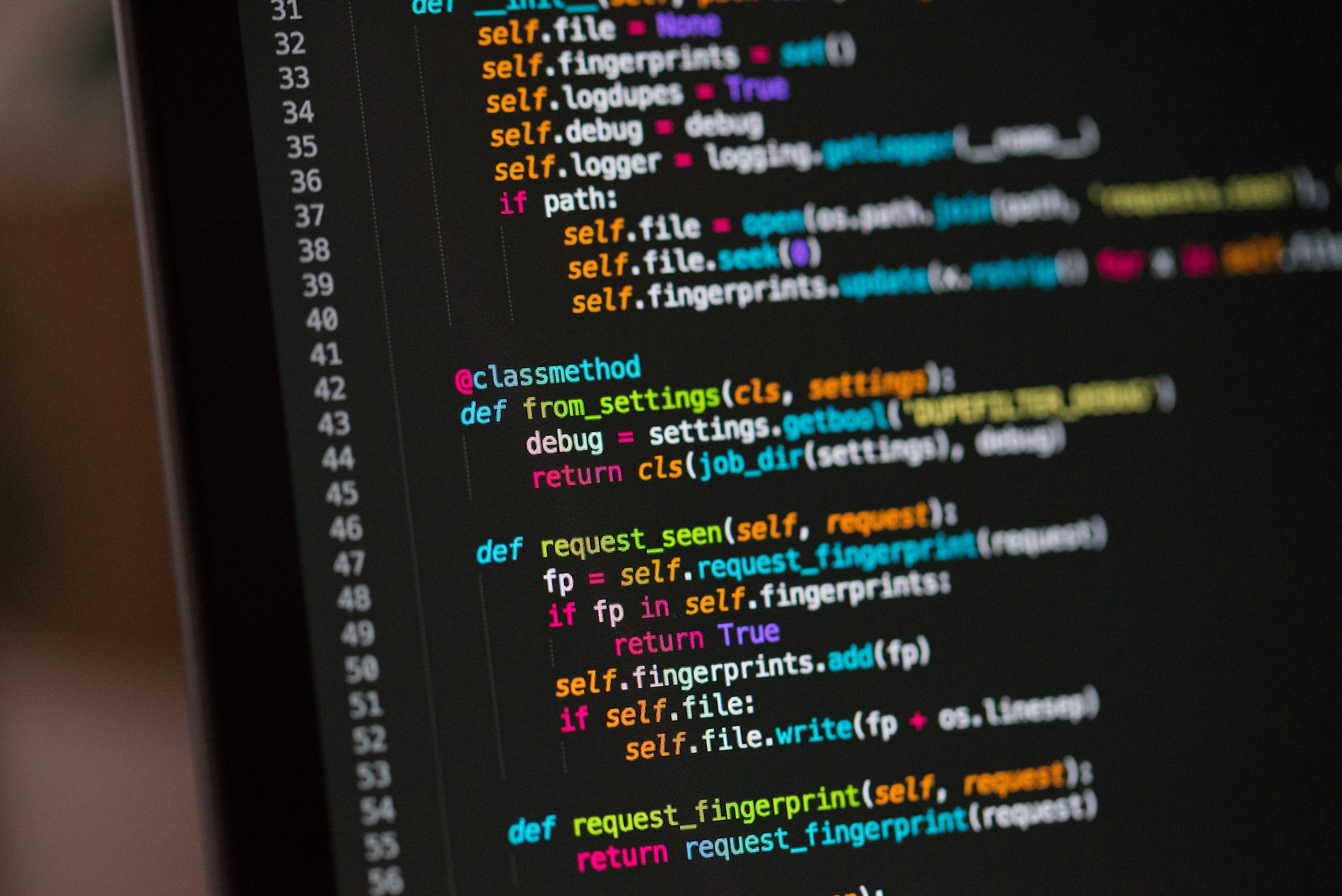The Top Advantages of Coding for Children

The Top Advantages of Coding for Children
Aside from the fact that it is one of the most important talents for the 21st century, have you ever considered the advantages that learning to code may provide for children?
The ability to code gives youngsters the tools they need to become self-sufficient citizens in a world where technology is everywhere. Students are able to have a greater understanding of one facet of the digital world in which we live and, in some ways, become better equipped for it when they learn to code. It is no longer the case that the goal of learning to code is limited to becoming a proficient programmer and satisfying the requirements of the labor market. This makes it possible for youngsters to advance in every facet of their lives.
Despite appearances, the advantages of learning to code may be rather extensive. When it comes to preparing your children for the future from a young age, teaching them to code opens the door to a multitude of options to gain life skills and investigate professional prospects.
Creation is fostered via coding.
When it comes to children, coding is a fundamentally creative process that begins with nothing and ends with something.
Along the same lines as painting or cooking, coding provides a youngster with the opportunity to experience the gratification that comes from the process. When we are in the actual world, our creative endeavors are often constrained by the things that we have available to us, such as the ingredients if we are cooking or the canvas if we are painting. On the other hand, when it comes to coding, where the virtual world is almost limitless, the only limitation is the child’s imagination. Because it reflects the capacity to link preexisting ideas with new answers, methods, and thoughts, creativity is the basis upon which innovation, inventiveness, and leadership are built.
The mentality of inquiry is the starting point for creative thought. In addition, by teaching our energetic and innovative children how to code, we are preparing them to become the creative thinkers of the future generation. Kids may be taught it by encouraging them to experiment, explore their ideas, challenge their assumptions, make errors, and learn from those experiences throughout their education.
The use of coding makes mathematics more interesting and enjoyable.
For a number of years, the general consensus has been that children who are interested in coding need to have good mathematical abilities. Coding, on the other hand, has been shown to be beneficial for youngsters in terms of developing their mathematical abilities and making the process of learning mathematics more interesting and enjoyable. Computing and mathematics are inextricably linked. Mathematical principles are used in the process of teaching children how to code. At the same time that they are having a good time, your children will gain these mathematical skills and capabilities without even being aware of it.
The application of mathematical concepts and the development of strong mathematical thinking are two benefits that your children will experience as a result of their participation in any coding competition. These benefits will be beneficial to them in many aspects of their academic and personal lives.
Programming helps build abilities in problem-solving.
When it comes to problem-solving, having the ability to code provides a fresh viewpoint. All individuals, from novices to seasoned pros, can attest to the fact that creating codes may be rather difficult at times. Children learn how to rapidly correct problems and try again in a variety of different ways when something does not work out via the process of coding. Additionally, children who learn to code have the capacity to persevere through a challenge and strive toward finding a solution to it. A wide variety of different domains are suitable for the use of this method of problem-solving.
In order to solve difficulties, for instance, scientists first formulate hypotheses and then test each of these theories in ascending order. A programmer will make adjustments to several components of his code one at a time in order to determine which one is the most effective in resolving the issue.
Coding makes it possible to think computationally.
It does not matter how old a person is or how much experience they have with computers; computational thinking is an approach that has been shown to be effective in identifying difficulties. It assists in the development of critical thinking and places an emphasis on assisting students in the development and implementation of methods for comprehending and resolving issues. Due to the fact that it is “cross-disciplinary” in nature, it is reasonable to begin teaching it in elementary school or even beginning with preschool. Within the same setting, the pupils are exposed to a natural integration of all of the courses.
The most important thing to remember is that computational thinking is a very useful thinking tool, and it is even possible that it is the thinking tool of the 21st century. The approach of computational thinking is developed in children via the process of learning to code.
Programming encourages learning by doing.
The greatest way for children to learn is via doing and discovering. The American philosopher John Dewey is credited with developing the concept of learning by doing, which is a philosophy of education. A hands-on approach to learning is one in which students engage with their surroundings in order to learn and adapt to their surroundings. The concept that we learn more when we really “do” the activity is what is meant by the term “learning by doing.” Take, for instance, a young child who is in the process of learning how to play a game. Using the learning by doing method, the child would be able to comprehend the application that they are using in order to play the game. After some time has passed, kids start to learn more about the movement of objects, the points they may earn, and other related topics. It is not a passive discipline but rather one that requires active involvement.






